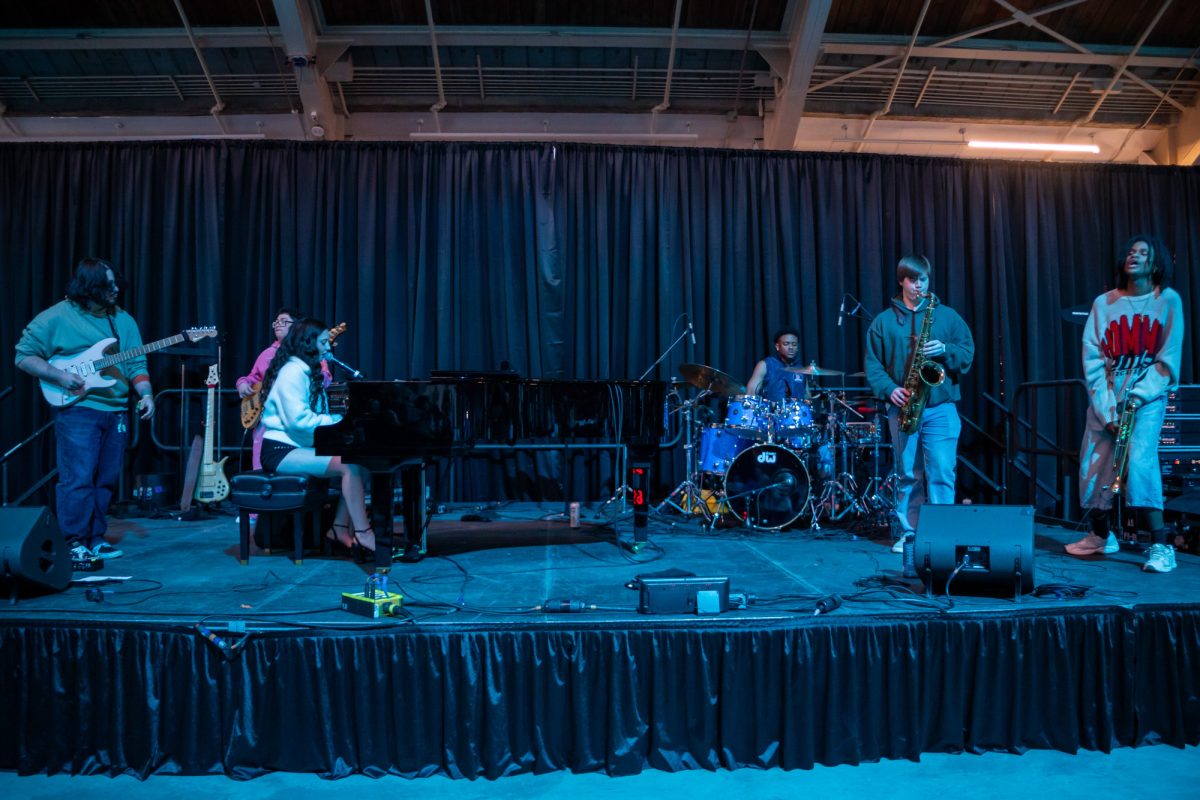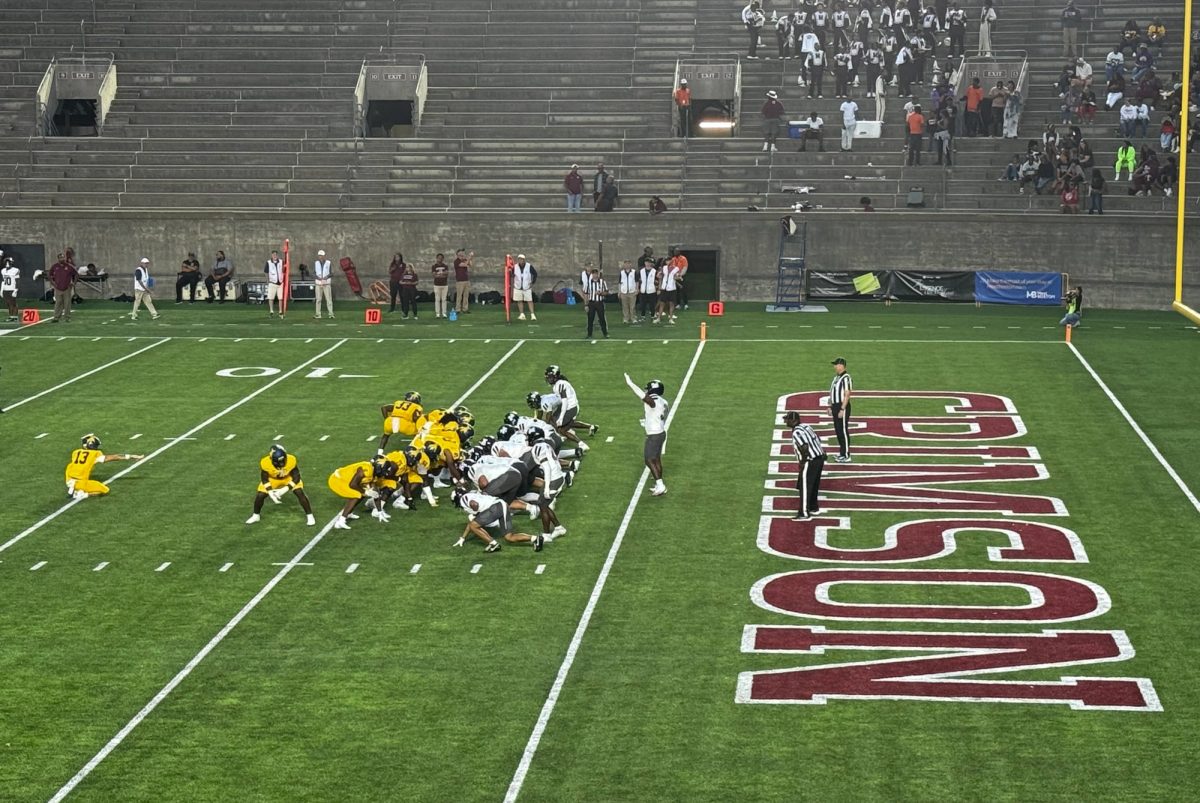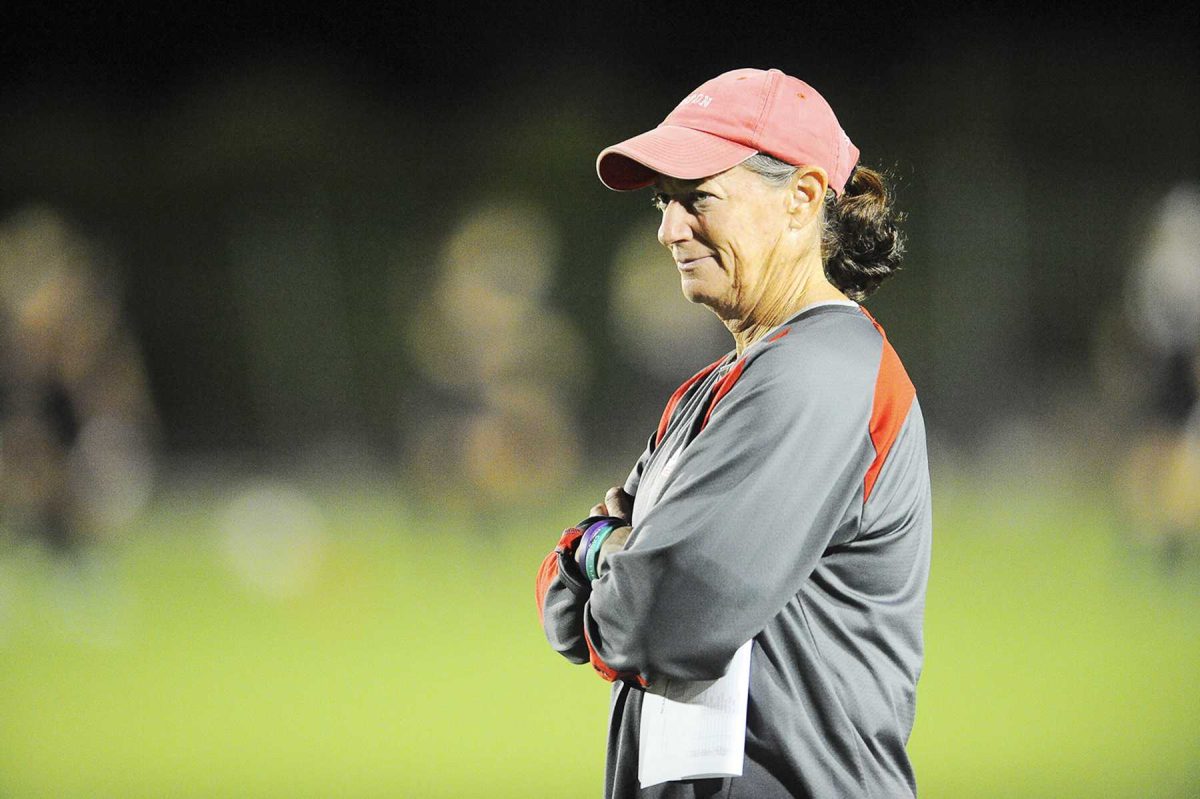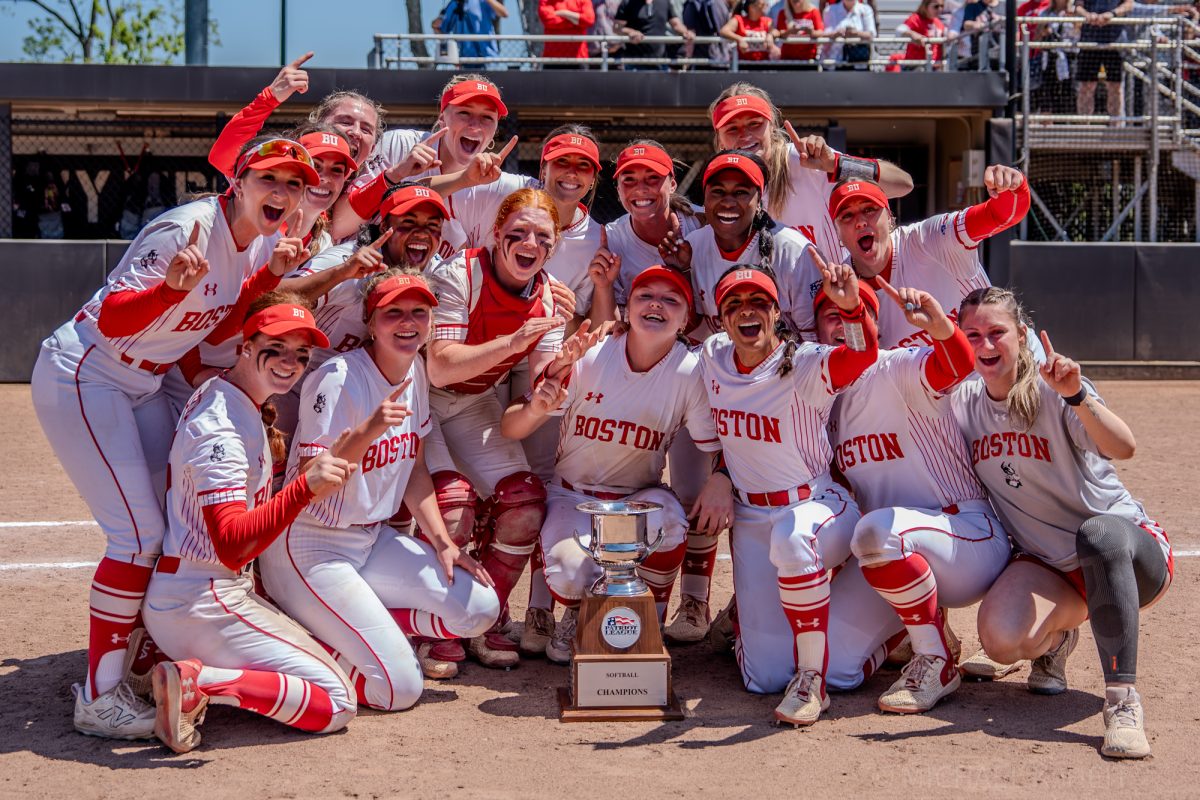My first encounter with the American opinion of rugby came when I was but an eager Boston University freshman at orientation. During the social chaos that surrounds that three-day period, I found myself speaking more and more with a young man by the name of Jeremiah Clark.
After rattling off the list of preset interactions and questions that are associated with any acquaintance one makes at orientation, Mr. Clark and I began to trade interests. As we parlayed back and forth, I happened to casually mention that I was a rugby player. A look of slight confusion spread across Jerey’s face as he replied, “Wait, rugby? That’s like football without pads right? Yo, I hear those guys are crazy.”
Not wanting to delve into the nuts and bolts of the sport at the time, I dismissed the comment with a nod and changed the subject.
It was only later that night, while lying sleeplessly in my steaming hot Rich Hall dorm room, that the full implications of Jerey’s comment hit me. It was apparent that most Americans must see rugby as a pad-less, more violent version of their beloved football, played by a bunch of brain-dead nutters looking for an excuse to drink copious amounts of beer. And while this is only partly true (for we rugby players are most definitely not brain dead), I realized that if the sport was going to have the slightest chance of succeeding in this country, the people had to be educated.
I awoke the next morning energized and ready to explain the game to Jerey. I found him perched lazily on the wall overlooking Nickerson Field and told him he was incorrect and that rugby was so much more than pad-less football, and whether he liked it or not he was about to know why. Intrigued, he told me to carry on. I knew I was dealing with a simpleton and that I’d have to start from the very beginning. So I did:
“The game itself began accidentally in the year 1823 at Rugby School in England when a boy by the name of William Webb Ellis picked up the ball during a soccer match and ran with it. This act led to the creation of rugby. It was then quickly popularized by Cambridge University and by 1871 the first Rugby Union had been founded in London and firm rules of the game had been established…”
As I finished this sentence, I saw Jerey’s eyes wander off in the direction of some lithe young females and realized I was losing my audience with boring historical facts. I proceeded quickly to the basics of the game.
“Rugby is played on a field slightly longer than a football field (120 yards compared to football’s 100). Each field has a try or “end zone” at each end with goal posts. A rugby match lasts for 80 minutes (two 40-minute halves), and unlike American football has a running clock. When boiled down to its very basic roots, rugby consists of two 15-man teams trying to move a ball down the field in the hopes of scoring a try (the American equivalent being the touchdown). Each try scored is worth five points and is followed by a conversion kick which is worth an additional two points…”
“Sounds pretty much like football with a different scoring system to me,” quipped a seemingly uninterested Jerey. I chose to ignore him and continued.
“The catch, and critical difference between rugby and American football, is that the ball may at no point in time be passed, pushed or fumbled forward. Doing any of the aforementioned, whether by accident or on purpose, would result in what is called a “knock on” and a penalty would be awarded to the opposing side. The only way to advance the ball is either to pass it backwards and run forwards or to kick it forwards and give chase…”
“Ok, so you got me. I understand this scoring and the whole no-forward-passing deal, but it sounds like you can’t lose the ball unless you knock it forward. Sounds pretty lame, bro.” If only it were that simple.
“Play normally continues in an uninterrupted fashion with possession of the ball being contested at every tackle. Whenever a player goes down with the ball, what is known as a “ruck” occurs. A ruck is when players of the offensive team try to push players of the defensive team out of the way so they can resume play-this while the defensive players are trying to push the offensive players back so that they can steal the ball and gain possession…”
At this point Jerey was looking very interested and I hoped that maybe the sport was not lost on the American public after all. Jerey then surprised me with a rather astute observation that almost threw me off guard, “But dude, with 15 guys on the field there’s gotta be some serious chaos in those rucks.”
“The 15 players on a rugby field can be easily divided into two groups, forwards and backs. When I asked my coach Justin Evans earlier this week to provide me with a suitable metaphor for describing the two groups he simply said, ‘Piano players and piano movers.’ The forwards being the latter of the two.
Forwards (of which there are 8) are the heart and soul of a team. They are the grunts. It is they who perform the dirty deeds such as rucking and clearing out.
‘A good forward must have a willingness to sacrifice his body in support of the try scorers,” said BU men’s rugby junior co-captain Peter Mayers.
Backs, on the other hand, are typically the try scorers. Quickness, agility, good field vision and the ability to make split second decisions with the ball are an absolute must for a good back.
‘Backs make forwards look good,’ said Mayers. ‘A good set of backs can make the hustle and grind of a forward all worthwhile…'”
“So, basically, forwards ruck so that the backs can run with the ball and score trys?” said Jerey. He seemed to be dealing quite well with the massive amount of information I was pelting him with. But his question made me realize I’d left out one key element of the game.
“Along with rucking, the forwards take part in a strange looking procedure that boggles the mind of most Americans, a scrum. A scrum occurs when a penalty is awarded for things such as a knock on. By definition a scrum is ‘a tight formation between the two opposing teams in readiness for the ball to be put in the tunnel between the two front rows and brought out into play.’ Basically, the forwards bind up, lower themselves and push at each other in an attempt to displace the other group of forwards to once again gain control of the ball. Unlike rucks though, here the offensive team has a decided advantage because it is them that is actually putting the ball into the scrum…”
“Wow, that’s pretty impressive stuff. Here I was thinking rugby wasn’t worth the effort but it sounds really cool. Hey dude, I gotta jet and meet my parents, but I’ll catch you later,” Jerey said as he hopped off the wall and made his way towards the Rich Hall lobby.
As I watched him walk away, I was satisfied that I had accomplished my mission for the day and saved one more American from the depths of ignorance on a sport that is now the quickest growing club sport in America. As Jerey disappeared through the doors, another young man approached me.
“Hey, I couldn’t help but overhear you talking about rugby. Isn’t that like football without pads or something?”
I grinned, shook my head and began to walk away, “No, it’s not.”
Rugby in America still has a long way to go.






















































































































